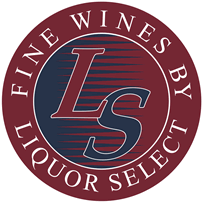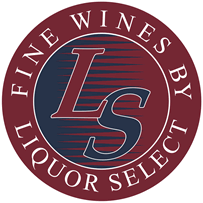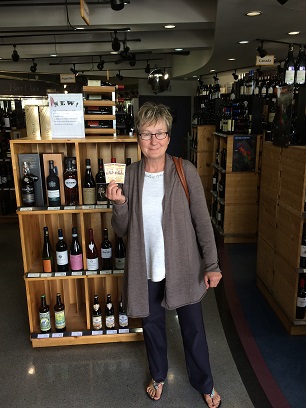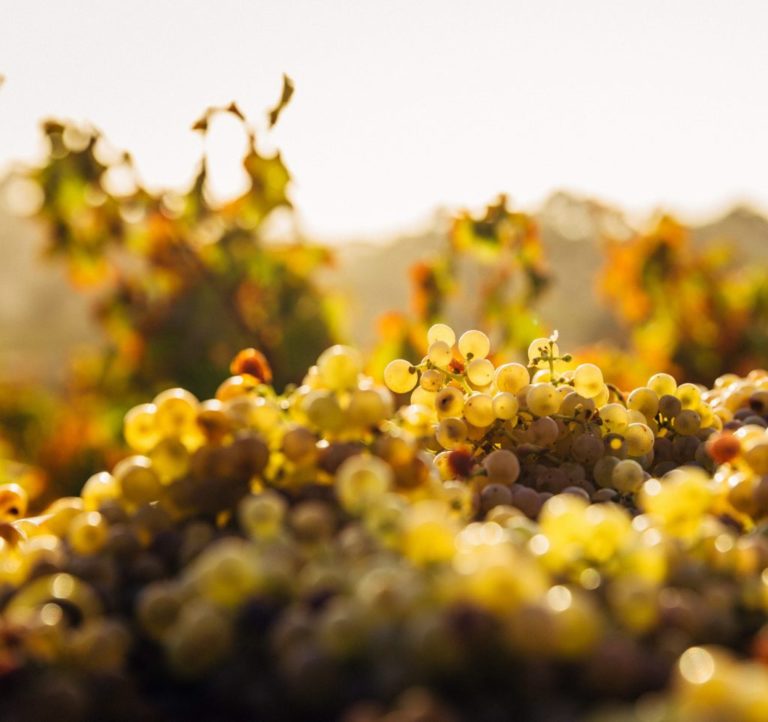What’s Really on the Shelves Out There
Why would you pay aged Cheddar prices for Velveeta? Well, you wouldn’t, would you? But countless Edmontonians are doing just that, in a wine sense, every week. After spending a few hours touring some chain stores in the South end of the city, I came away amazed at how little “real” wine was on the shelves, even in those versions that claim to be wine-oriented. Shelf after shelf was full of authentic-looking labels that turned out to be something quite different upon closer inspection.
Most of these products are spewed out by the dozen by a few large companies that just blend together vats from among the oceans of cheap industrial wine they have and then reverse engineer in the lab any taste profile they want, using feedback from focus groups to adjust the product to please the lowest common denominator.
I remember an agent for one of those big companies telling me they were launching 52 different product lines of California wines that one year. The lines that sell well get continued, while those that don’t will disappear from the shelf without a trace and the “wine” gets blended into a new line. Does the wine need more acid, less acid, more colour, more fruitiness, more body, more sugar? All of these things can be adjusted, just like what the fast food companies do with their offerings, trying to hit the sweet spot of fat, sugar and salt that will keep people eating their muck, no matter what it is made of.
Remember pink slime? The wine equivalent is Mega-Purple and its variants -grape juice boiled down until it is 60% sugar and the rest is mostly pigment. A bit of this added to industrial bulk wine gets you deeper colour, richness, and a whack of sweetness designed to hide otherwise glaring faults in the wine, at least if you don’t pay any attention to what you are drinking (the stuff itself gives an awful, burnt brown sugar aftertaste to the wine).
At least Velveeta doesn’t try to pass itself off as aged cheddar (perhaps by regulation, but still, you know what you are getting when you buy it), but rather as “processed cheese food” (what a description!). Even Velveeta and fast-food have their occasional place in our expensive, fast-paced world, but again, you don’t buy a Whopper thinking it is wagyu beef. But to an unsuspecting wine consumer looking for something nice for dinner, a pricy California red could have started out as a $6 bottle of swill that has been doctored to impersonate something better and you end up paying for it.
So how does a person protect themselves from being duped?
First off, don’t expect much in the way of real wine options in a chain store – that’s just not what they are doing these days.
Secondly, read the label, front and back, carefully, and look for information that indicates an actual winery, winemaker, or at least some indication they made the wine themselves; unfortunately, the information provided can be limited or deliberately misleading (billion dollar companies know how to shovel the marketing).
Third, and most importantly, buy your wine from someone you trust. There are a small number of stores in town who, like us, are independently run by people who are in the business because they are passionate about wine and who love to share the fascinating world of wine with their customers. Stop by, have a chat with someone who knows their stuff and cares what they are selling, and soon you will be getting more satisfaction and better value out of your wine purchases than you ever got out of something that was in a flyer.




